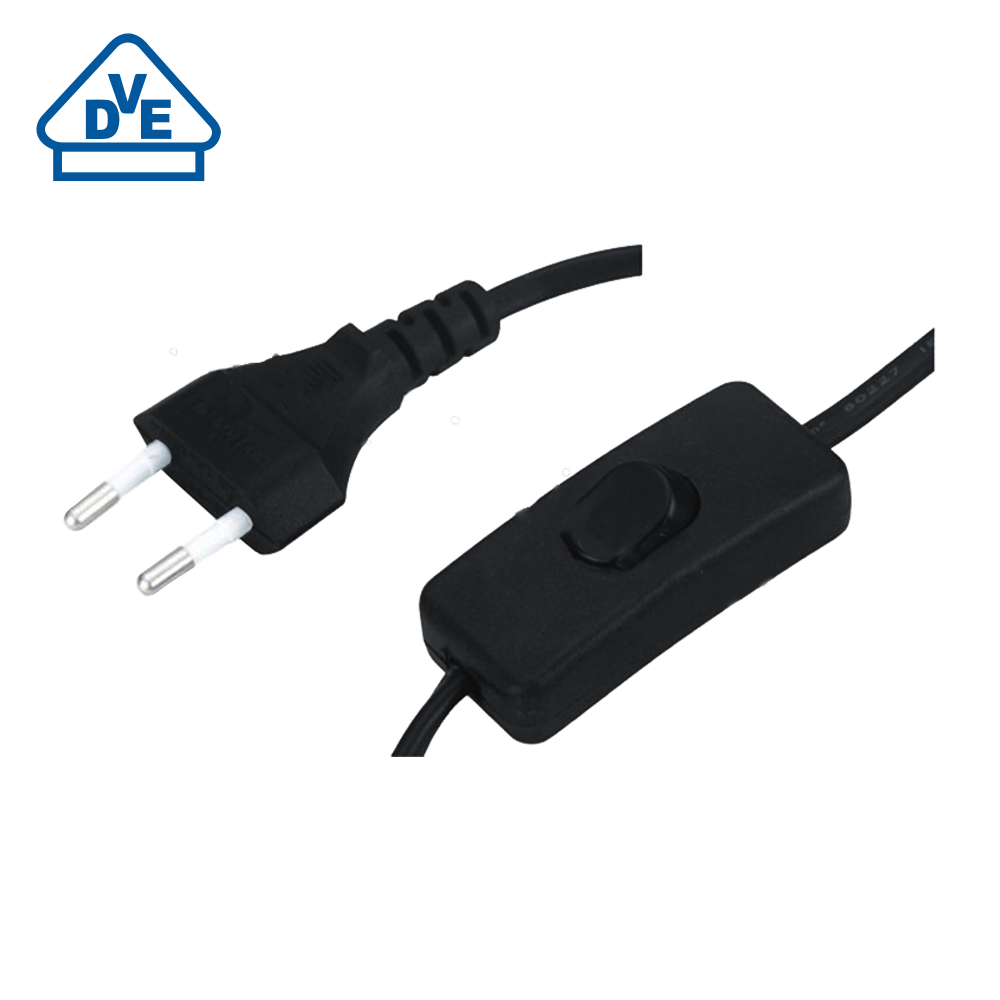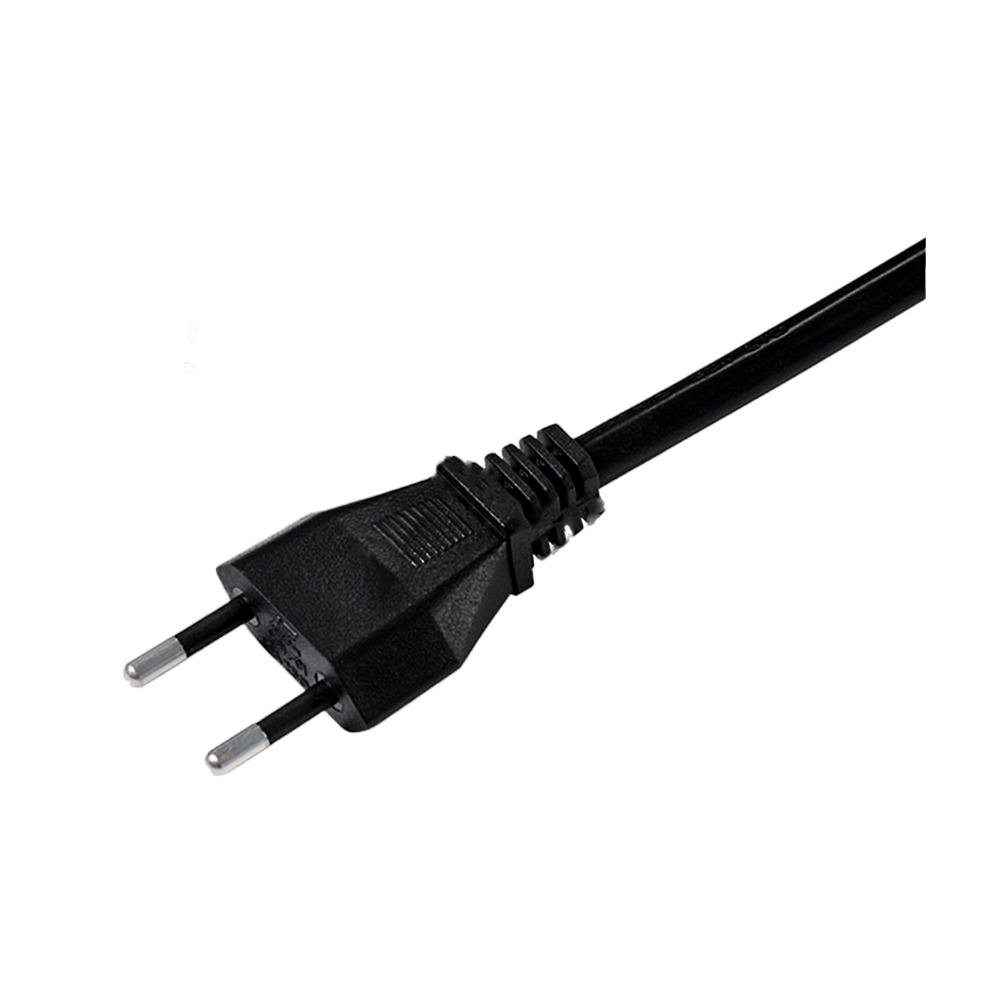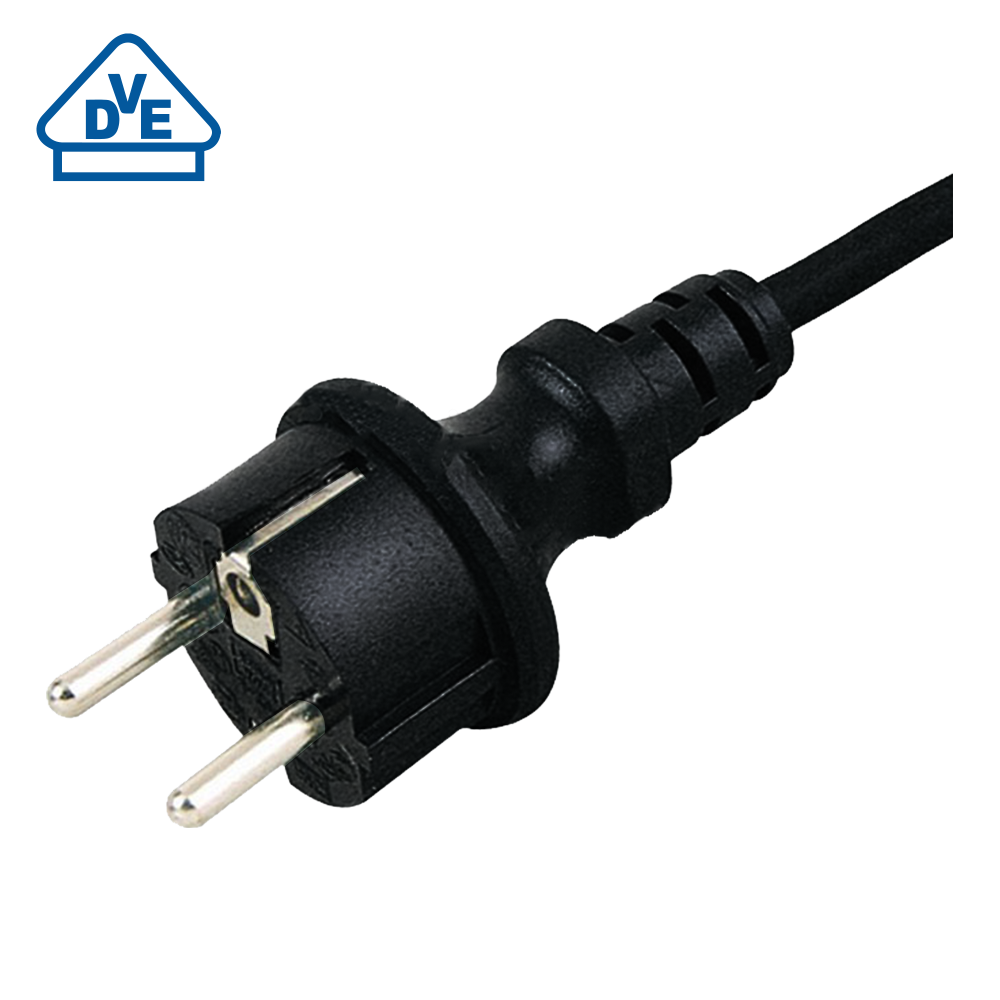Rubber lining is an indispensable component of the oil and gas industry, providing essential solutions that significantly enhance equipment durability, corrosion resistance, and overall safety. The process involves the application of a rubber layer to various components, effectively shielding them from harsh chemicals, abrasive materials, high temperatures, and challenging operating conditions. Here, we delve into the crucial solutions and extensive benefits that rubber lining brings to the oil and gas sector.
Rubber lining's ability to resist corrosion is a standout advantage, acting as a robust defense against the corrosive elements present in oil and gas production and processing. By forming a protective barrier, it effectively prevents corrosion of vital metal components like pipes, tanks, and valves, significantly extending their operational lifespan.
In addition to corrosion resistance, rubber lining displays exceptional resistance to a diverse range of chemicals encountered in the oil and gas industry. This resilience safeguards equipment from chemical deterioration, ensuring the integrity and longevity of the infrastructure.
The oil and gas industry often exposes equipment to abrasive environments, particularly during the transportation of oil and gas. Rubber lining, with its robust abrasion resistance, serves as a crucial protective layer that withstands wear and tear, ultimately reducing the frequency of replacements and maintenance.
An essential feature of rubber lining is its capacity to endure a wide range of temperatures, making it exceptionally suitable for applications where extreme temperature variations are a common occurrence, from the initial extraction stages to subsequent processing.
Beyond its protective attributes, rubber lining contributes to a quieter and smoother operational environment by effectively dampening noise and vibration emanating from machinery and equipment. This characteristic significantly enhances working conditions and extends the longevity of the machinery.
Rubber lining excels in creating dependable seals and gaskets, providing an effective barrier against leaks. This prevention of leaks is paramount for ensuring safety and environmental compliance, especially in dealing with hazardous materials.
The application of rubber lining is a relatively straightforward process, causing minimal disruption and downtime compared to the replacement or repair of metal components. Moreover, maintaining rubber-lined equipment is more convenient and cost-effective due to the protective properties of the rubber layer.
One of the standout features of rubber lining is its adaptability to a broad range of equipment and structures within the oil and gas industry. It can be applied to tanks, pipes, valves, pumps, and more, making it a versatile solution for various applications.
By bolstering the durability and longevity of equipment, rubber lining substantially reduces the overall lifecycle costs associated with maintenance, replacements, and downtime. This translates to significant cost savings for oil and gas operations in the long run.
Rubber lining contributes to compliance with stringent environmental regulations by effectively preventing chemical leaks and minimizing the risk of environmental contamination. This aligns with the industry's commitment to sustainable and responsible practices, ensuring a greener footprint.
In summary, rubber lining in the oil and gas industry stands as a vital solution, offering a plethora of benefits that encompass corrosion and chemical resistance, abrasion resistance, temperature endurance, noise reduction, sealing and leak prevention, ease of maintenance, versatility, cost-effectiveness, and environmental stewardship. These advantages collectively play a pivotal role in enhancing the efficiency, safety, and sustainability of oil and gas facilities.

 English
English 中文简体
中文简体







